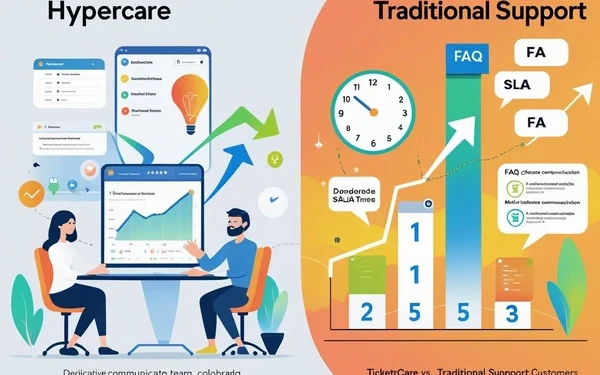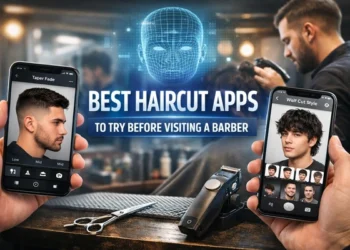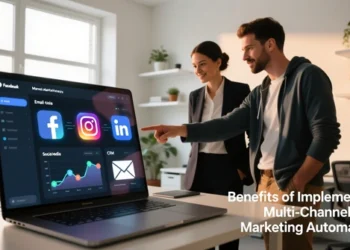In an era where customer expectations are higher than ever, delivering exceptional customer experience (CX) is a critical differentiator. Whether you’re launching a new product, onboarding a client, or resolving day-to-day issues, how you support your customers shapes their overall perception of your brand.
Two key models stand out in the support landscape: hypercare and traditional support.
While traditional support forms the backbone of consistent customer service, hypercare is a high-touch approach used during crucial transitions like product go-lives or major migrations. But which model delivers a better customer experience—and when should each be used?
In this post, we’ll explore the definitions, strengths, and limitations of both approaches. We’ll compare them side by side and offer a strategic framework for integrating them to deliver truly exceptional CX throughout the customer lifecycle.
What Is Hypercare Support?
Hypercare is a short-term, intensive support phase that kicks in after critical transitions—like product implementations, software migrations, or onboarding new enterprise clients.
Unlike general support, hypercare is proactive, personalized, and resource-heavy, designed to ensure that customers experience a smooth transition during potentially high-risk periods.
Key Features of Hypercare:
- Proactive Communication: Hypercare teams anticipate issues before they arise, reaching out to clients instead of waiting for tickets.
- Dedicated Support Teams: Customers receive white-glove treatment from specialists who understand the specific context and challenges of the rollout or change.
- Real-Time Monitoring: Teams use dashboards, logs, and analytics to catch issues early—before the customer even notices.
- Tailored Assistance: Support is adapted to the customer’s environment, history, and goals.
Common Use Cases:
- New product launches
- CRM/ERP software rollouts
- Cloud migrations
- Large-scale user onboarding
- Brand or service transitions
Hypercare is not meant to last forever—it’s time-bound and laser-focused on stability, adoption, and trust during high-stakes moments.
If you’re ready to roll out a hypercare model in your organization, check out this step-by-step guide to implementing hypercare in customer service for actionable tips, roles, and success metrics.
What Is Traditional Support?
Traditional support is the standard customer service model most businesses offer. It’s reactive, structured, and scalable, designed to address issues across a broad customer base with consistency and efficiency.
This model is the foundation of long-term customer care, delivering solutions as customers encounter issues, questions, or roadblocks.
Key Features of Traditional Support:
- Ticket-Based Resolution: Customers initiate support by submitting tickets, emails, or calls, which are triaged and addressed in order of priority.
- Service-Level Agreements (SLAs): Resolution timelines are governed by pre-defined SLAs to ensure timely responses.
- Multi-Channel Access: Support is often available via email, chat, phone, or self-service portals.
- Scalability and Efficiency: Designed to serve large customer bases using standardized workflows.
Strengths of Traditional Support:
- Cost-effective: Requires fewer dedicated resources per customer.
- Predictable: Service processes and timelines are clearly outlined and repeatable.
- Scalable: Easily accommodates growing customer volumes.
Limitations:
- Reactive approach may delay resolution during time-sensitive transitions.
- Limited personalization can make customers feel like “just another ticket.”
- Not ideal for mission-critical implementations or unfamiliar technologies.
Side-by-Side Comparison
Here’s a breakdown of how hypercare and traditional support compare across key dimensions:
| Feature | Hypercare Support | Traditional Support |
| Duration | Temporary (weeks/months) | Continuous |
| Approach | Proactive | Reactive |
| Personalization | High-touch, tailored | Standardized |
| Speed of Resolution | Immediate, real-time support | SLA-based resolution |
| Use Cases | Onboarding, launches, migrations | General inquiries, bug fixes, support cases |
| Impact on CX | High during critical phases | Consistent over long-term |
| Resource Intensity | High (dedicated teams, 1:1 support) | Moderate to low |
Interpretation:
- Hypercare delivers a white-glove CX during vulnerable, high-impact moments—preventing churn, boosting adoption, and building trust.
- Traditional support ensures a stable, long-term experience, offering consistent help without overextending resources.
They’re not mutually exclusive—but their timing and application matter.
Which Delivers Better CX?
The answer depends on when and why the support is needed.
Hypercare Delivers Better CX During High-Stakes Moments:
During product launches, onboarding, or migrations, customers are vulnerable. Any hiccup can cause frustration, loss of confidence, or even churn. Hypercare steps in to:
- Mitigate risk with hands-on assistance
- Accelerate product adoption by reducing friction
- Strengthen trust through proactive communication
Companies that implement hypercare during these phases often report higher NPS scores, fewer escalations, and faster time-to-value.
Traditional Support Delivers Sustained CX:
Once the dust settles and customers begin regular usage, traditional support shines by:
- Maintaining consistent service
- Handling a large volume of queries efficiently
- Providing 24/7 or multi-channel assistance
It’s essential for day-to-day stability and keeping customer satisfaction high over the long term.
Hypercare boosts CX at critical touchpoints, while traditional support sustains it consistently over time. To deliver superior CX, businesses should understand when to elevate support intensity—and when to standardize it.
How to Integrate Both for Optimal CX
To get the best of both worlds, consider building a hybrid support strategy that seamlessly transitions customers from hypercare to traditional support.
Tips for Integration:
Map the Customer Journey
- Identify high-friction moments (onboarding, migrations) where hypercare is needed.
- Define when and how customers shift back to traditional support.
Create a Transition Plan
- Clearly communicate to customers when the hypercare phase will end.
- Introduce traditional support channels early so the handoff feels natural.
Train Your Support Teams
- Equip teams with both proactive and reactive skillsets.
- Use feedback from hypercare to optimize traditional support processes.
Leverage Technology
- Use real-time dashboards during hypercare.
- Deploy AI chatbots, ticketing systems, and knowledge bases to scale traditional support.
Monitor and Optimize
- Use CSAT and NPS data to track the customer experience across both phases.
- Adjust staffing and support tiers based on user behavior and feedback.
Tools That Help:
- Zendesk, Freshdesk – for omnichannel ticketing
- Gainsight, Totango – for onboarding and hypercare tracking
- Slack Connect or MS Teams – for real-time hypercare communication
- Knowledge base software – to support post-hypercare users
Conclusion
Customer experience isn’t about choosing between hypercare and traditional support—it’s about knowing when to apply each. Hypercare delivers exceptional, proactive service during critical phases, ensuring customers feel supported when it matters most. Traditional support provides reliable, efficient assistance throughout the customer lifecycle.
By integrating both models into your CX strategy, you can guide customers smoothly from adoption to retention—and stand out in a crowded marketplace.











